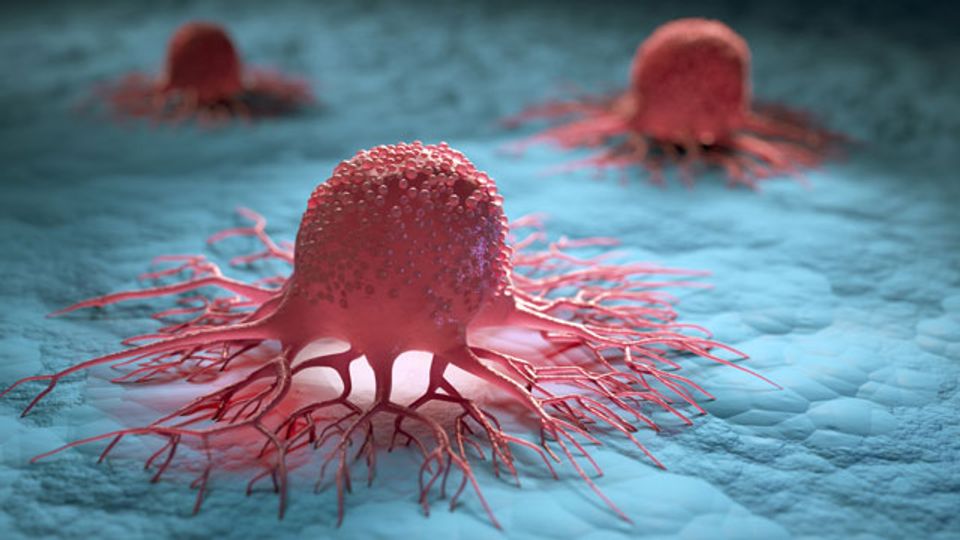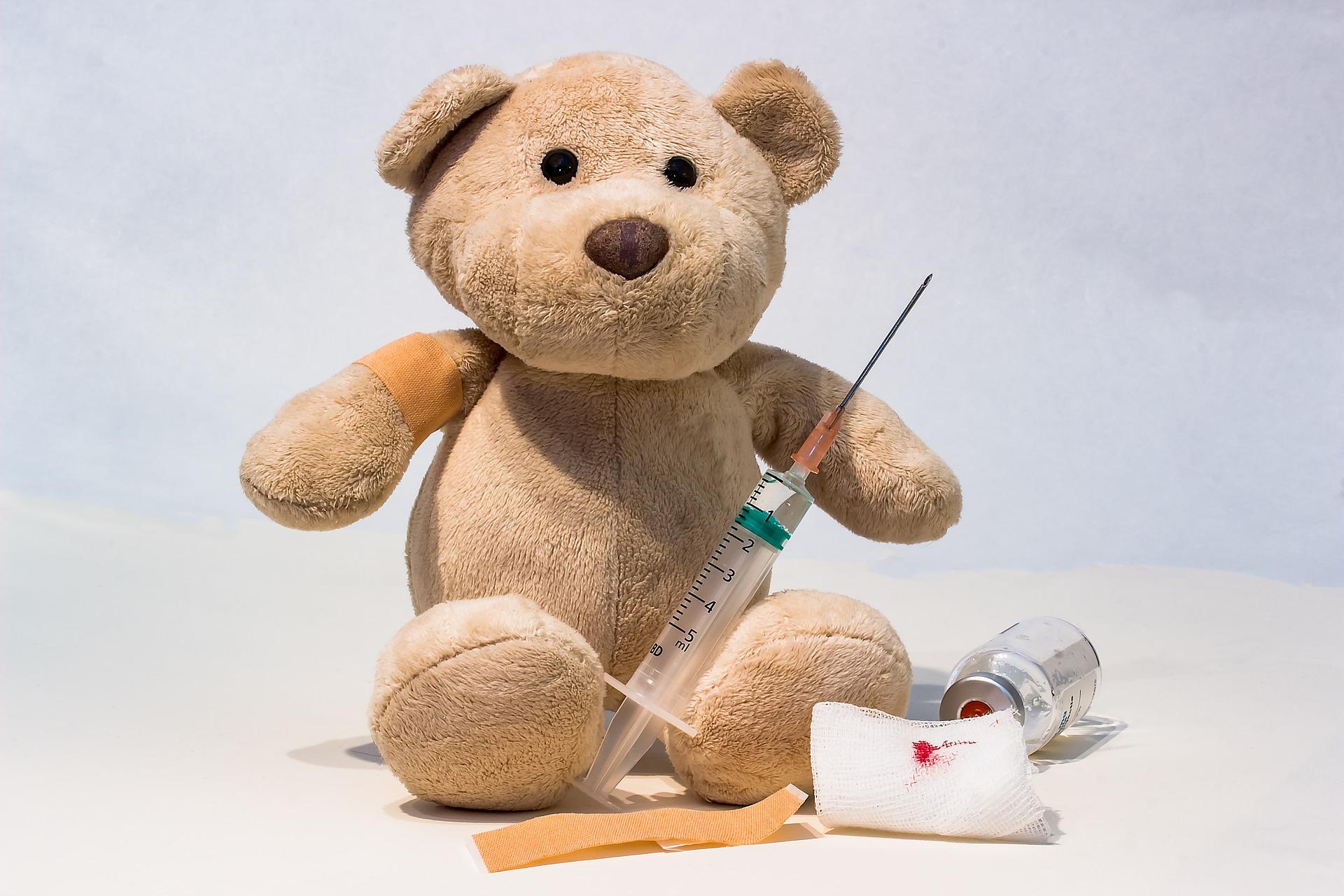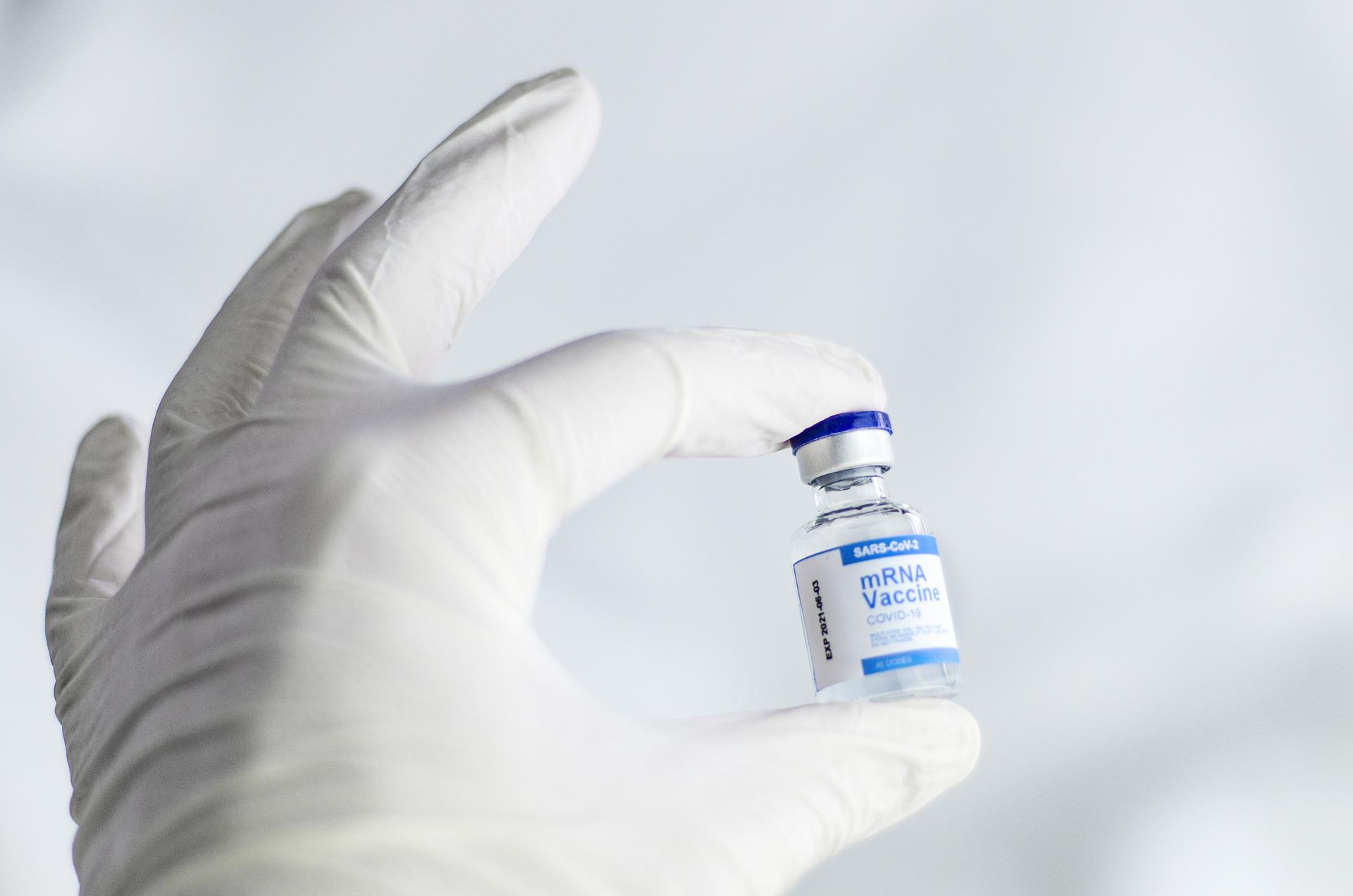
HPV Vaccines to prevent Cervical Cancer
Cervical cancer is mostly related to human papillomavirus (HPV), an infection that may be transmitted sexually through vaginal or oral, or anal exposure and also via skin-to-skin contact. Cervical cancer is growing worldwide and may be reduced just by administering the HPV vaccine. CDC recommends HPV vaccination at age 11 or 12 years (or can begin at age 9 years) and for everyone through age 26 years, if not vaccinated already. HPV vaccines can prevent cervical cancer.
HPV vaccination is suggested for eleven and 12-year-old girls. It is likewise encouraged for girls and women age 13 through 26 years of age who’ve not yet been vaccinated or finished the vaccine series; HPV vaccine also can be given to girls beginning at age 9 years. CDC recommends 11 to 12-year-olds get doses of HPV vaccine to protect against cervical cancer because of HPV.
In the age of 9-14 yrs, 2 doses with a gap of 6 months. (0 and 6 months)
At the age of 15-45 yrs, three doses to take delivery in the interval of 0,2 and 6 months.
HPV Vaccine may be given as a postpartum vaccine in the interval of 0,1 and four months.
The HPV vaccine targets the HPV types that maximum commonly causes cervical cancer and may cause some cancers of the vulva, vagina, anus, and oropharynx. It also protects against the HPV types that cause most genital warts. The HPV vaccine is extraordinarily effective in preventing the targeted HPV types, in addition to the most common health problems because of them.
The vaccine is less effective in preventing HPV-related disease in young girls who’ve already been exposed to 1 or more HPV types. That is due to the fact the vaccine prevents HPV earlier than someone is exposed to it. The HPV vaccine does now no longer deal with existing HPV infections or HPV-associated diseases. Research shows that vaccine safety is long-lasting. Current studies have observed vaccinated people for ten years, and show that there is no evidence of weakened protection over time.
Photo by Tara Winstead from Pexels









